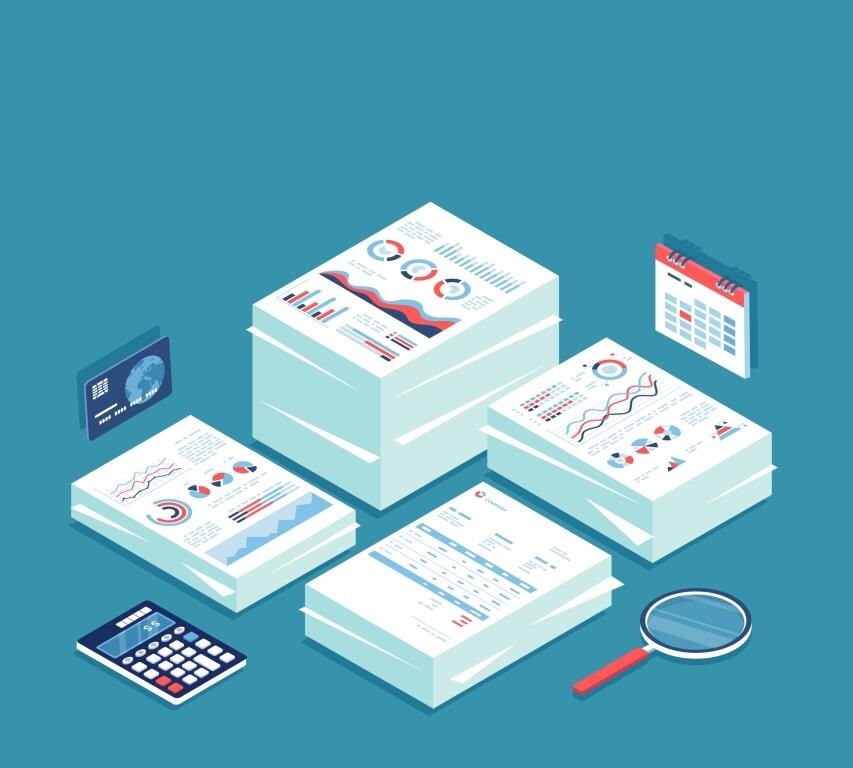Printing in 3D has become a practical reality that has changed the way people think about production and manufacturing. Now that the technology has matured, almost everything from smartphone cases to human organs can be 3D printed. Customized products and parts made by 3D printers have empowered entrepreneurs and sped repairs in many settings.
Extra capabilities resulting from the development of the Internet of Things and 3D Data Exchange & Translation promise to make 3D printing useful in new ways. Remote printing and the creation of objects from scans have combined with print sharing to make 3D printing an integral part of the business world. The advent of big data means that even more uses for 3D printing will soon emerge.
3D Printing and big data
Analytics technologies make big data useful to a growing number of markets that make new uses for affordable 3D printing. Both technologies accelerate the large-scale product customizations needed to serve targeted markets discovered through the use of big data.
Fields that have shown the potential to benefit from the integration of big data with 3D printing include computer-aided design (CAD) and engineering (CAE) as well as computer-aided manufacturing (CAM). In each market segment, the two technologies have a mutually beneficial relationship. The following three examples will help you understand how big data and 3D printing can interact.
Data Visualization
Corporations increasingly turn to 3D printing to help them conceptualize the data they collect. The same holds true for small businesses and private individuals. Two MIT researchers designed a model of their campus and printed it using 3D printers. Streaming data on the mockup demonstrated how it can become a rigid framework that displays variable data.
Geospatial models that interact with big data can help city planners who study traffic patterns and other dynamic data. In the past, such professionals only had access to flat data, often printed on paper. Now, with 3D modeling, they can see multiple perspectives from a single experience. People can hold such models and share them together with alternate models to make better real-world decisions.
Data Storage
Driven substantially by big data, the world now generates about 2.5 quintillion bytes of data every day, creating an enormous demand for storage. Companies of every size contribute to the storage challenge by hoarding the data they collect. From almost any perspective, big data will increasingly disrupt the world as businesses and governments use it to create predictions and make decisions.
The expense of data storage continues to grow along with data stores. Luckily, as the amount of big data grows, so does the speed at which 3D printing develops. The 3D printing market continues to grow and it is expected to reach $21 billion by 2020.
Technology that provides for the 3D printing of electronics has become necessary because of the applications such electronics have for creating electronic storage. Forthcoming technologies include Functionalize F-Electric, an electrically conductive filament that 3D printers can integrate into electronic circuit boards. Another promising development, Carbomorph, uses 3D printing technology to create custom electronic designs for portable devices. Such developing technologies suggest that electronic circuits will become ubiquitous enough to meet the global demand for data storage.
Monitoring Manufacturing
The printing of 3D objects has revolutionized the manufacturing world. Companies use 3D printers to create prototypes and other models as well as the products they sell to business customers and consumers, disrupting traditional business practices. Now that companies can print large numbers of customized products, they can expand the appeal of their brand to niche markets.
Companies also use 3D printing for on-demand manufacturing, eliminating the need for large and diverse inventories. The technology also reduces the time required to develop products from concepts to marketable goods. In cases where a company intends to mass-market products, 3D printing gives them an easy way to validate the existence of demand before committing to high-cost production runs.
However, with 3D printing still being a relatively new technology, engineers need to create adequate quality control methods. This is where big data can help. A company called GE Aviation has connected big data to 3D printing in order to collect and analyze manufacturing data to detect production problems in real time using strategically placed sensors. The technology identifies factors such as temperature and structural integrity, alignment, deflection, etc. The data that is gathered helps improve the quality of outputs from many manufacturing products.
Conclusion
Big data has changed the way businesses operate. Collecting information from multiple virtual and physical channels has provided unprecedented decision-making capabilities to firms of every size. Companies understand markets and customers better and use that information to use 3D printing technologies to deliver customized products to an almost unlimited number of clients.
Meanwhile, 3D printing provides the ability to create visual depictions of available data to help organizations communicate their ideas and compare solutions. Ironically, 3D printing feeds the growth of big data. Ultimately, the relationship of 3D printing and big data becomes cyclic as 3D promises to increase the availability of storage available for use by big data applications.






